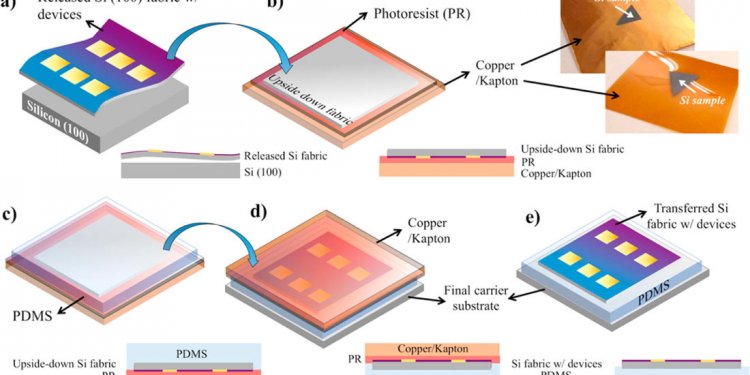
Digital fabric printing process
It's easy to get caught up in the artistic aspect of creating a beautiful design and lose sight of the fact that the fabric is not usually the end product – remember, it's usually part of something else. Make a habit of picturing the textile print as part of the finished product, especially concerning the scale of the print, overall color feel and end usage of your digitally printed fabric before sending us your files. Tell us whether you want to make a prototype or final retail product.
Overview
A textile designer's job is multifaceted, requiring a thorough understanding of the customer for whom the product is intended. Knowledge of the related and competing products and mastery of technical considerations of fabric print production is an additional service we offer. Fabric design can be focused on print, woven and knit development. Our key focus is on digital fabric printing and our expertise is based on experience in all phases of textile design.
Digital Fabric Printing Process
Designs can be created digitally with almost any graphic design software (Photoshop and Illustrator are the most popular off the shelf) and exported as Tiff files. Remember, the quality of the file is an integral component of the digital fabric printing process. Alternatively, existing artwork or photographs can be scanned and then digitally manipulated to make a textile design. Usually textile designs are created as a seamless pattern that is repeated (tiled or stepped) across the fabric for the traditional layout of continuous yardage. You can also create a textile design that is custom engineered to fit your products' cut and sewn pieces. In either case, please review all details of your project with your design coordinator so that your files are set up to coordinate with our fabric printing process to achieve your intended result.
Traditional Print Process
Traditional textile print development revolves around 2 types of printed patterns, the repeated pattern and the engineered panel piece. The repeated pattern is typically created for rotary screen-printing and often done in high volumes of 3, 000 yds. or more for production. The engineered panel piece is typically created for flat bed screen-printing is often done for strategic placement of a print onto a garment unit such as an apparel top or bottom or a border print.
Digital Fabric Printing Technology
Some of the latest advances in textile printing have been in the area of head technology and ink development. This process is similar to the computer controlled paper printers used for office applications but on a complicated scale where numerous variables are managed to give you the best possible outcome on fabric. Some of the variables needed for coordination of successful digital fabric printing are files and color management, printer and RIP technology, fabric pre and post treatment processes, inks/dyes, and client expectations. Digital fabric printing is not a direct science and there will be slight lot-to-lot variations for samples and yardage. We like to say, "our custom fabric is digitally crafted."
Environmental Awareness
Digital printing is more environmentally friendly than other traditional screen-printing methods because you are printing the exact amount of ink/dyes needed to print directly on the fabric through the direction of RIP/printer settings. There is minimal to no waste cleanup, which means every drop is printed on demand from the exact amount of yardage and coverage needed. Digital fabric printing saves water and the environment.
Stay Original
It may seem like a good idea to use digital printing to make a copy of a popular commercial print that is no longer available, but unlike clothing designs, print designs can be (and usually are) copyrighted by the artist or the manufacturer. It's best to stick with your own unique designs. If you're not artistically inclined, you can always work with a designer at Design Works International to make the perfect textile design ready for you to print at First2print.
Please inquire with your design coordinator about purchasing original artwork or custom creating it. First2print is not liable for any copyright issues on files submitted or file changes that did not occur for an open & print file.

















